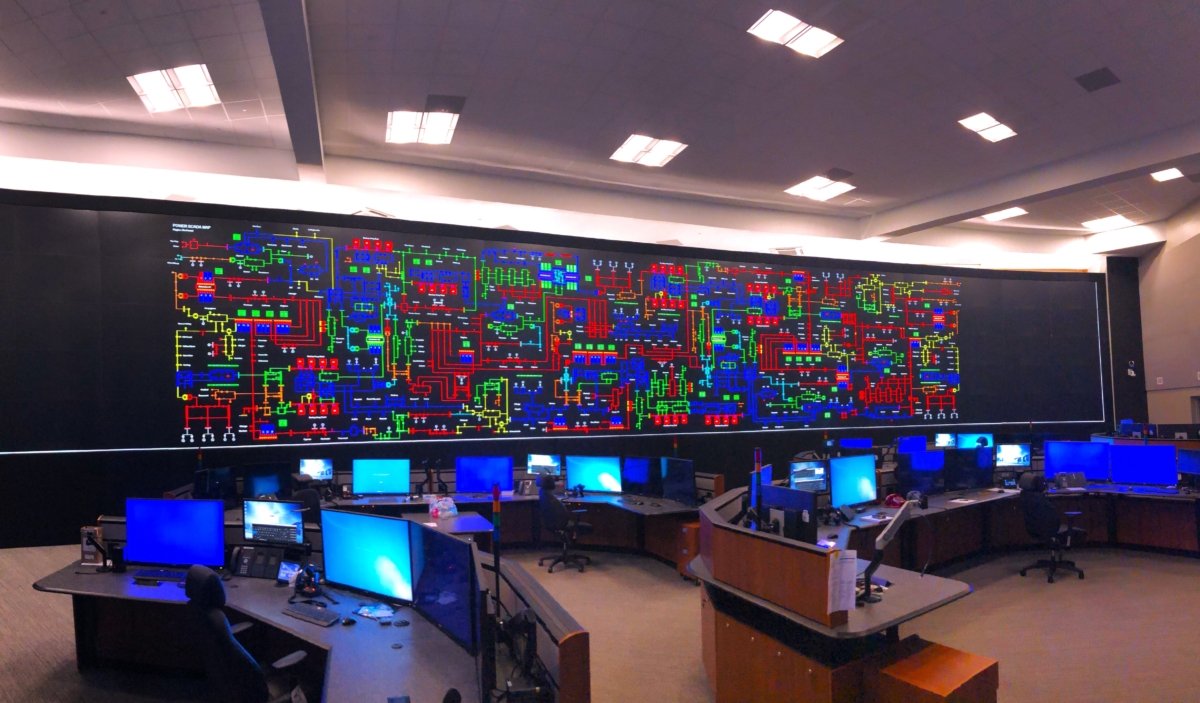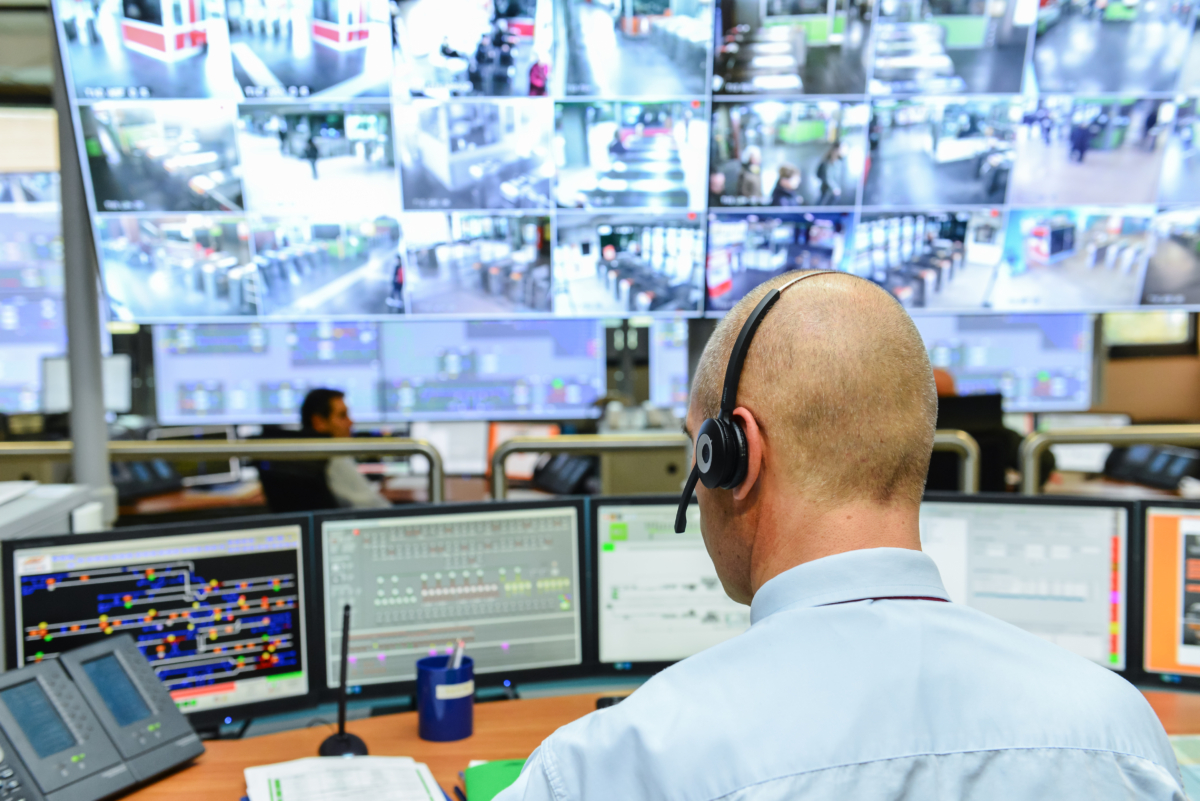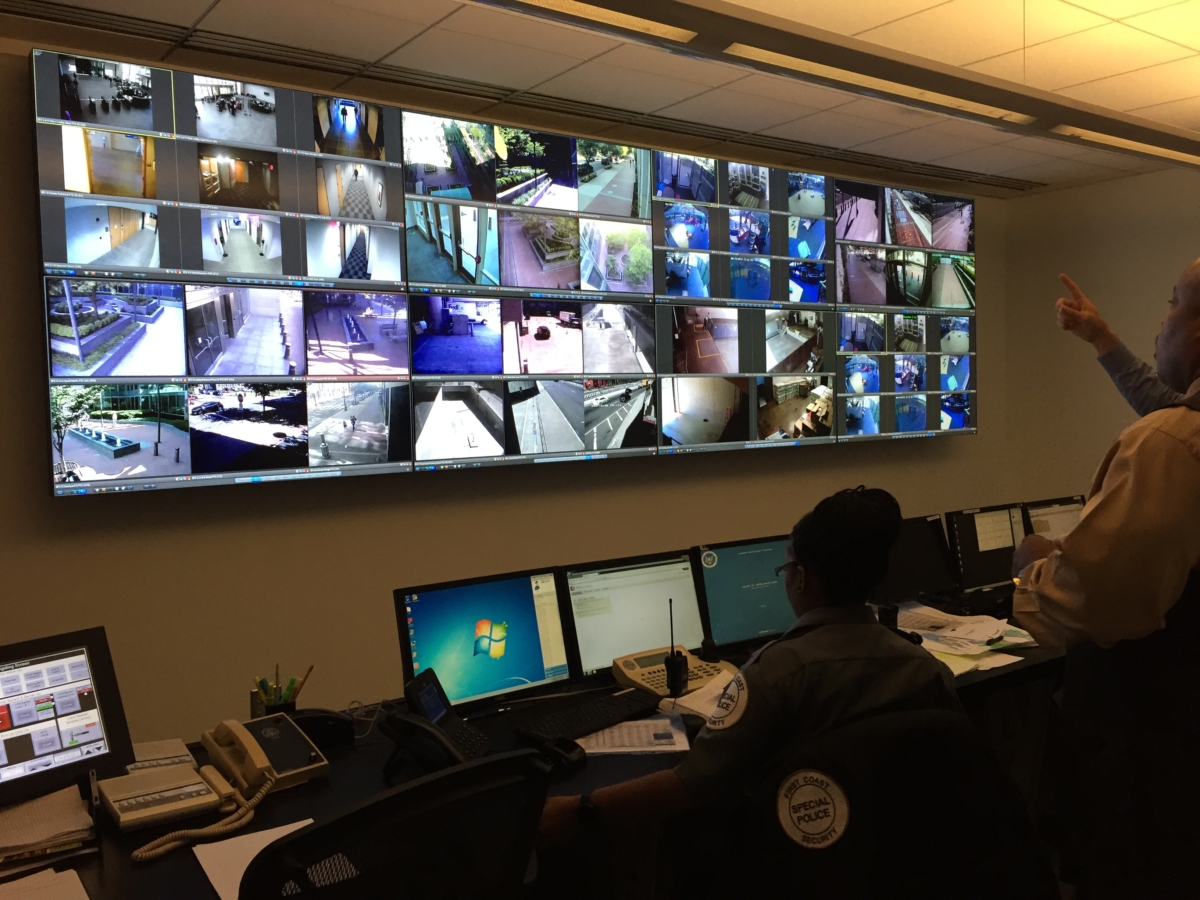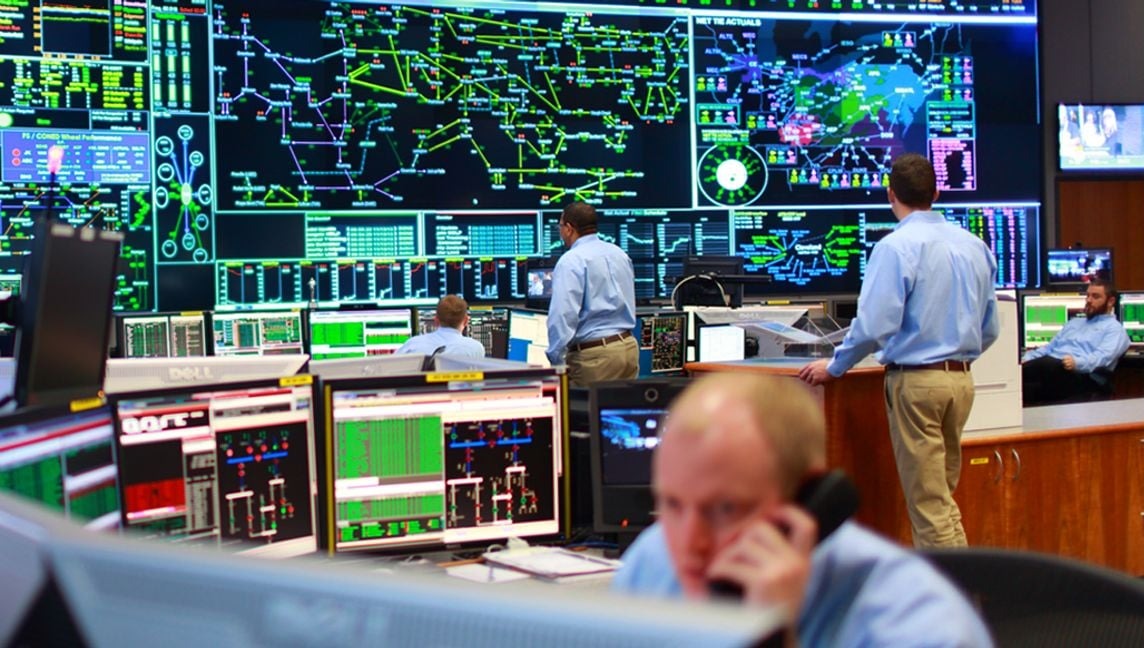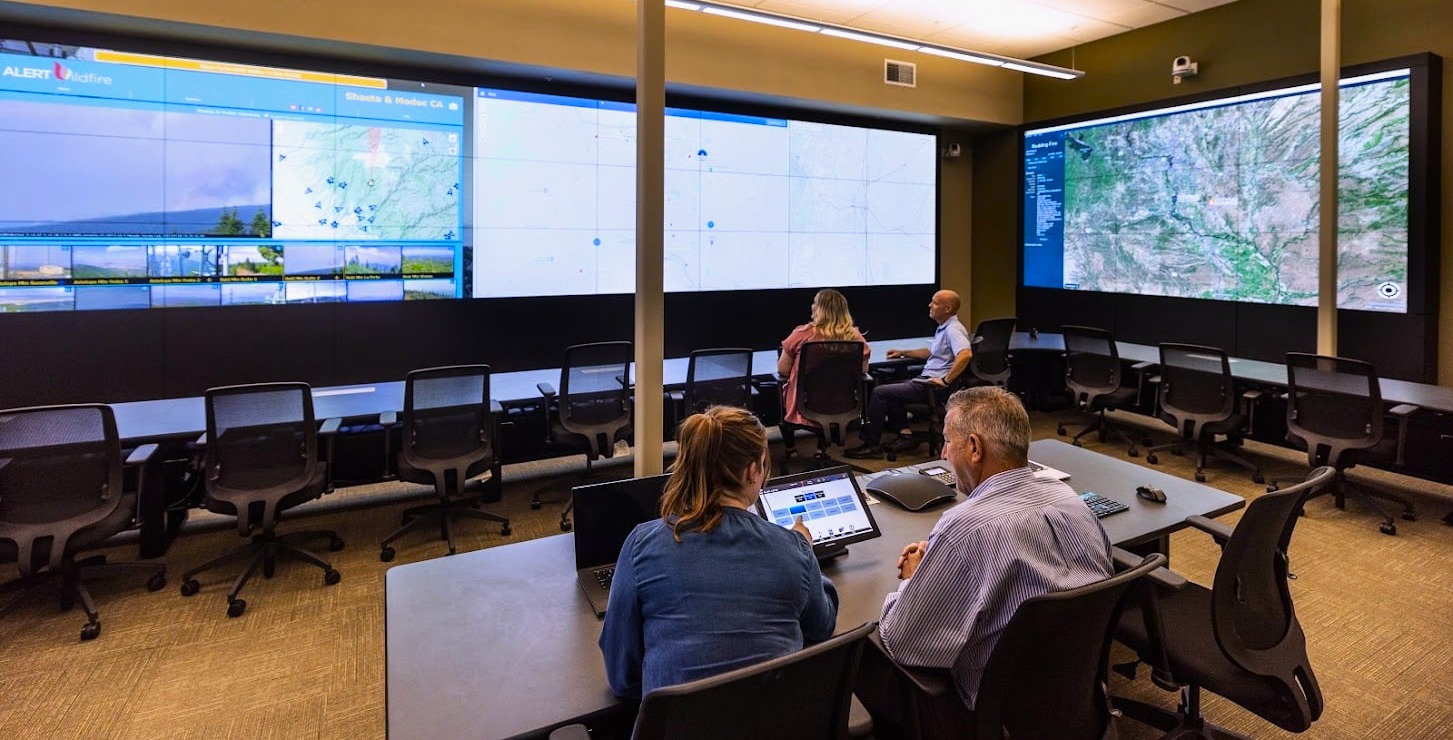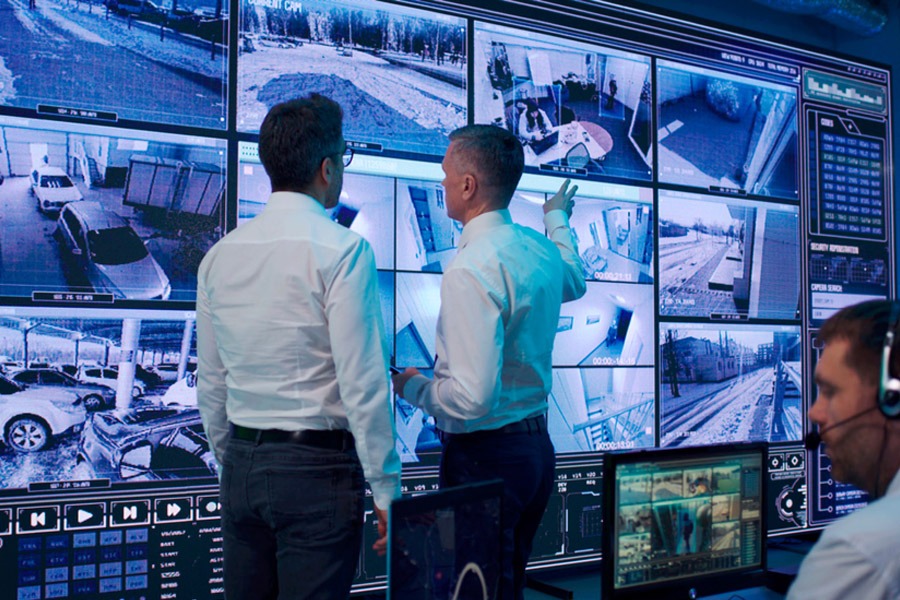
5 Easy Control Room Technologies to Improve the Operator Experience
When we talk about technological evolution in mission-critical environments, the transformations that truly make a difference for the control room operator experience are thought out and planned to improve safety, comfort, efficiency and of course, situational awareness, or the collective understanding of an operational environment and threat landscape that empowers better decision-making in complex scenarios. To accomplish all of this effectively in different industries and with the latest advancements, there are a variety of spatial and technological design factors for an integrated command center solution that need to be evaluated.
One of the overarching objectives that should always be top-of-mind when designing and updating the control center is addressing workflow inefficiencies and improving productivity at the console. Accomplishing this proactively not only potentially alleviates installation and site configuration setbacks, but also enhances the short-term and long-term impact on overall operational flexibility and the controller experience—whether your control room is a small Security Operations Center (SOC), or a large, multifaceted traffic management center.
Below are 5 easy-to-implement technologies for a modern solution that will have a lasting impact on optimizing any control room.
1) Content Streaming
With remote and hybrid work taking a foothold in the workforce combined with the continued decentralization of control room environments, quickly sharing information and content is of the utmost concern. When critical information needs to be conveyed to decision-makers across a campus, state, country, or even the world, content streaming is a secure and inexpensive way to maintain situational awareness.
While there are many ways to perform content streaming, the most flexible platforms allow information/content to be shared out from the control room to remote stakeholders as well as into the operation center from the field. Whether it’s a Real Time Crime Center (RTCC) sharing a video feed with a first responder, or a substation technician sharing content back to a utility control room from the camera on their cellphone, content streaming is designed, built and deployed for the task. All that is needed to receive or send content is an internet connection and a web browser.
2) Color Detection
With more and more data points coming into control rooms, the ability for operators to monitor every source is nearly impossible. While there are numerous AI technologies on the market that generally apply to specific technologies, Color Detection integrated as a component of Video Wall Management Software monitors computers for color changes and can automatically trigger alarms, which improves response times and enhances productivity in control room environments. Additionally, Color Detection analyzes computer screen images on desktops or video walls for color changes without any assimilation with the specific applications being monitored. Color changes are important in a wide variety of command and control centers ranging from equipment status in Process Control, SCADA (Supervisory Control and Data Acquisition) maps in utility environments, and access control in security.
3) Flexible Video Conferencing
Depending on an organization’s ConOps, or Concept of Operations, video conferencing may be best served at individual operator desktops, while other organizations may have a need for room-based video conferencing; regardless, the right integrator partner will help tailor your conferencing setup to particular operator needs and business functions. Desktop video conferencing is as simple as having the necessary software installed, a USB camera, and a high-quality microphone and speaker. In control room environments, headsets are often the best option for providing the most consistent and intelligible microphone and speaker.
When it comes to room-based video conferencing, these operational considerations multiply. Understanding specific workflows in a given control room will often dictate the types of microphone(s) and camera(s) that need to be deployed. Whether it’s Zoom, Microsoft Teams, or WebEx, a flexible, platform-agnostic video conferencing solution will meet your needs and is best for any mission-critical environment. This is often accomplished by leveraging a PC or laptop that launches the specified meeting platform, while the room microphone and camera are converted to USB for connection to the PC or laptop.
4) Multi-Purpose Personal Headsets
Of the 5 solutions outlined in this blog, a multi-purpose personal headset may have the best ROI (return on investment). With the capability to connect to a traditional phone, a softphone application, a cell phone, and even a video conference, a personal headset provides a single, flexible audio solution for an operator. There are numerous types of headsets on the market that connect to devices in a variety of ways; ultimately, understanding the specific requirements for your organization will determine which headset is best.
As these headsets are often inexpensive, it is best practice to purchase an individual headset for each of your operators—no need to share and no risk of cross-contamination.
5) Larger, Higher Resolution Desktop Monitors
As has been a consistent theme throughout this blog, more and more data points or information ingested from an end-to-end system require more screen “real estate”, or space on the COP (common operational picture). In the past, organizations have typically added more monitors to an operator’s workspace rather than simply increasing the size and/or resolution. By leveraging a higher resolution desktop monitor with a larger aspect ratio, it is easier to view multiple different data points on a single pane of glass. As with all desktop monitors, there are a plethora of sizes available on the market and should be chosen based on a few factors: available space on the work surface, number and types of inputs, feature set that could be beneficial to an operator, and overall sightlines within the control room.
Operate at Your Full Potential
If the control room is the brain of operations, then its technological components make up the nervous system that drives all decision-making. When optimized with state-of-the-art technology and outfitted so operators can benefit from mission-critical capabilities, the brain of the operations is able to think clearly and strategically—and isn’t overwhelmed with information that’s difficult to see, share and react to.
Consider the aforementioned technology solutions to upgrade control rooms and better-equip your operators. While this is not without its challenges, working with an experienced integrator and trusted control room technology experts will ensure your operation center is future-proofed with platforms and tools tailored to specific user needs.
Talk to us at CTI. We are ready to help you design, build and maintain a control room that takes your operations to a new level of efficiency—anywhere in the world. Fair, fast, and flexible: it’s the CTI way.
Talk to Us About Your Project
Too busy to chat right now?
Send us a message.

